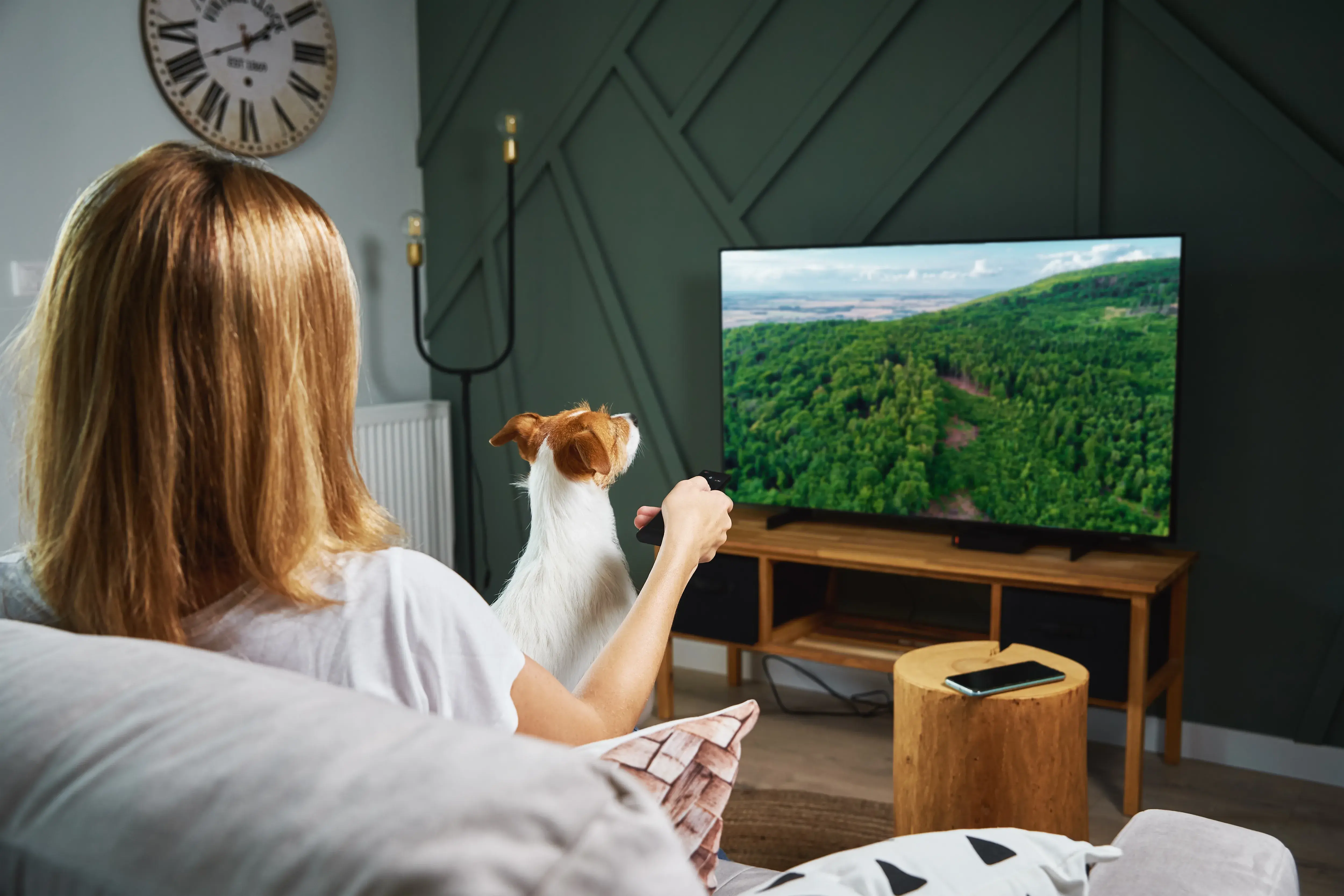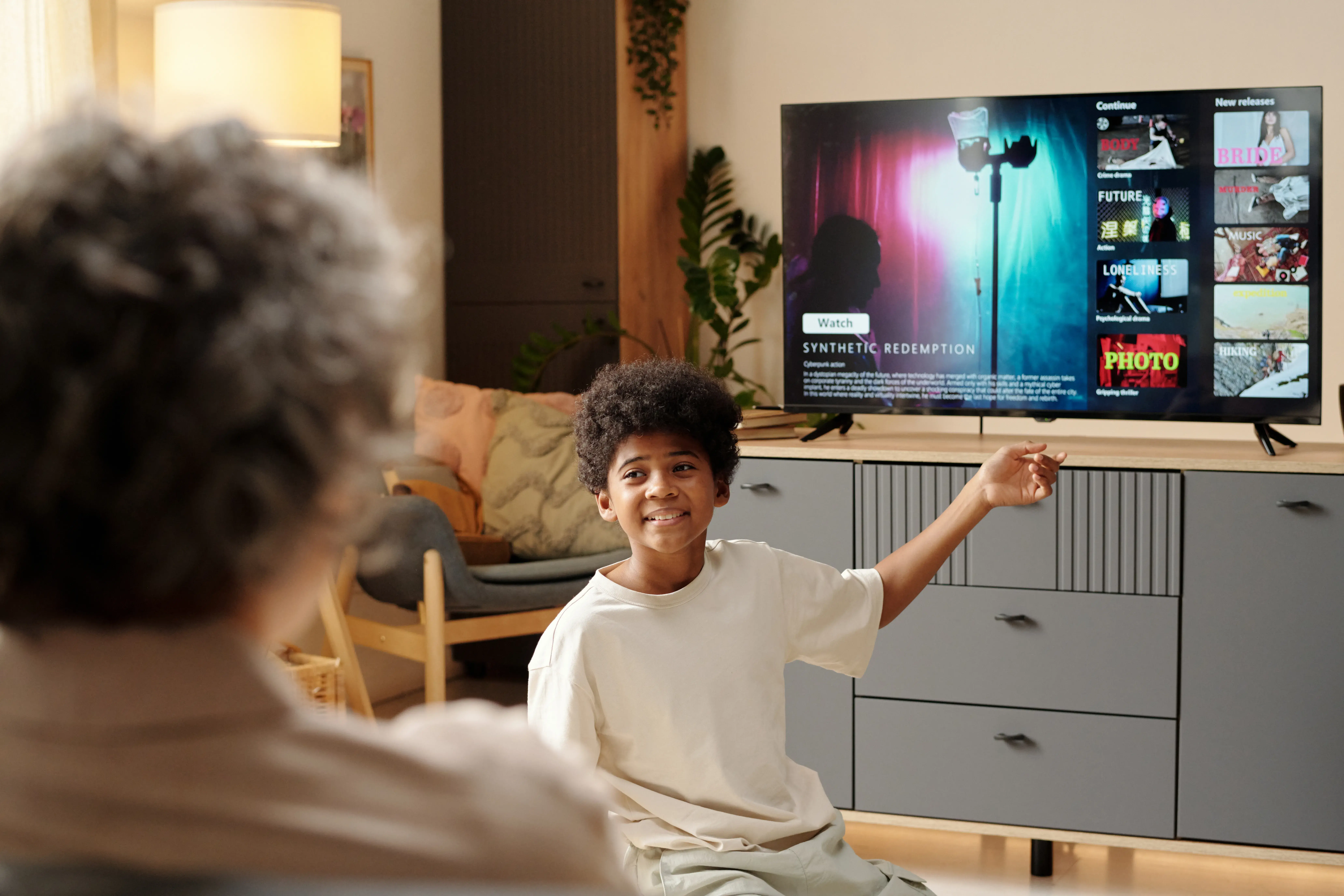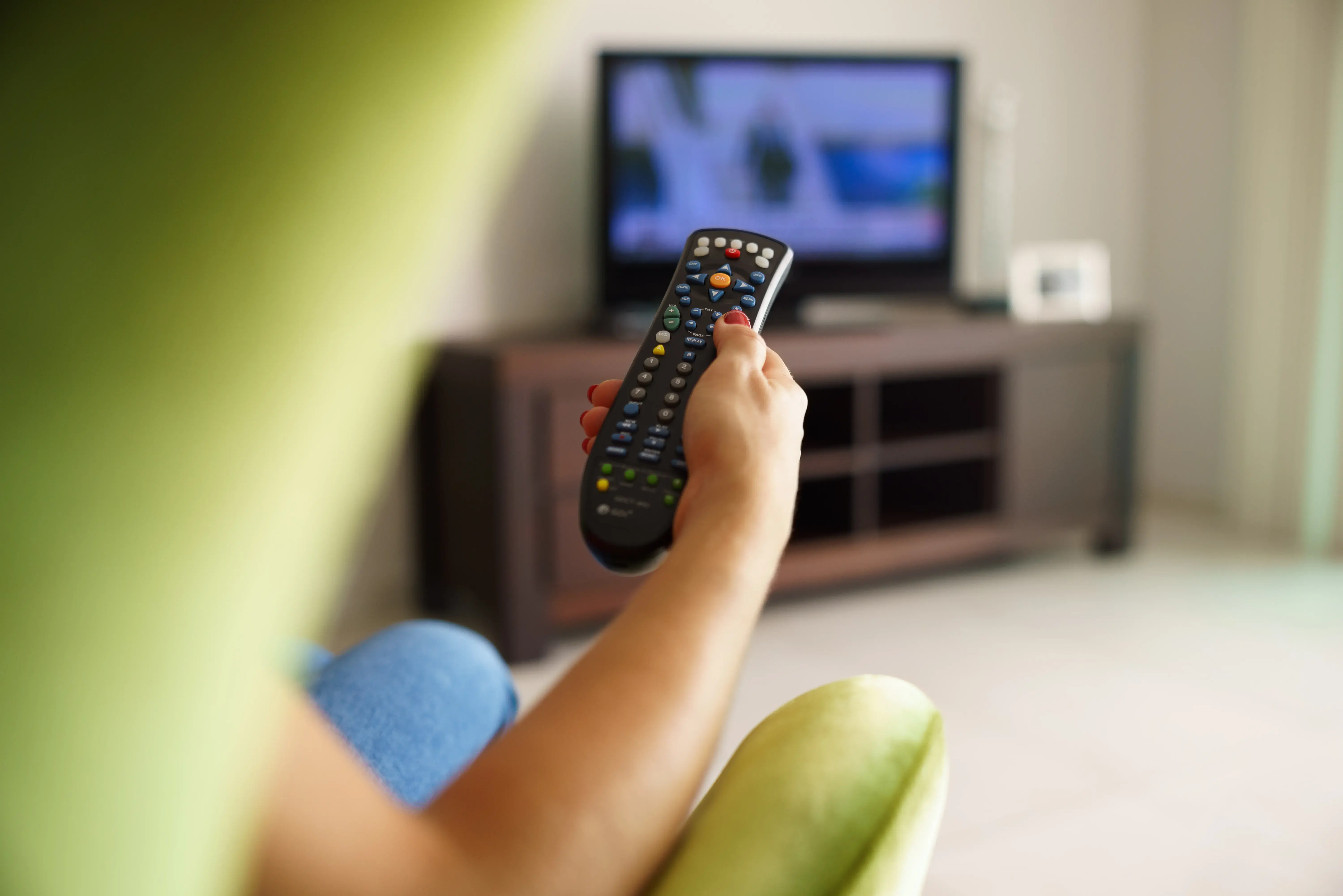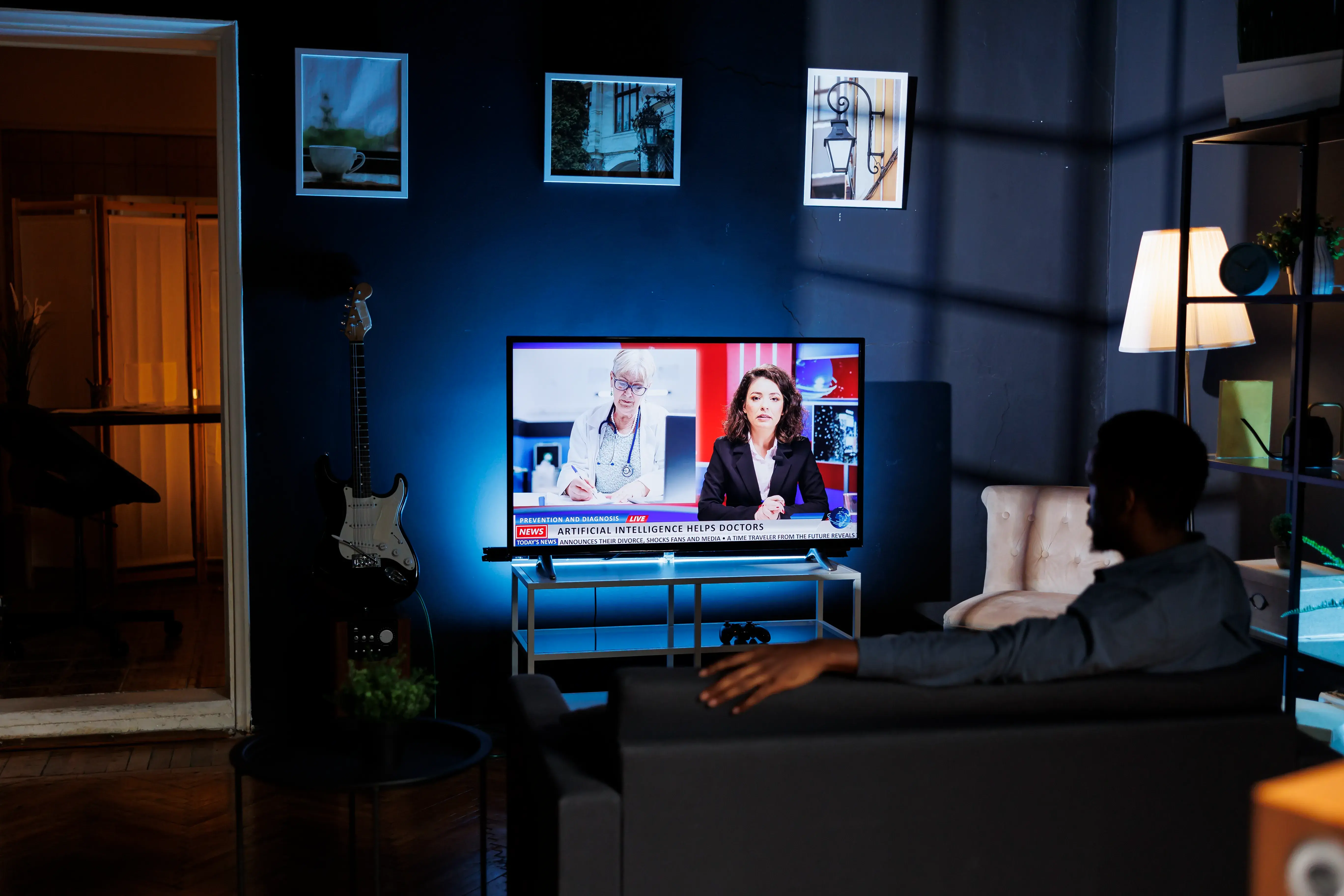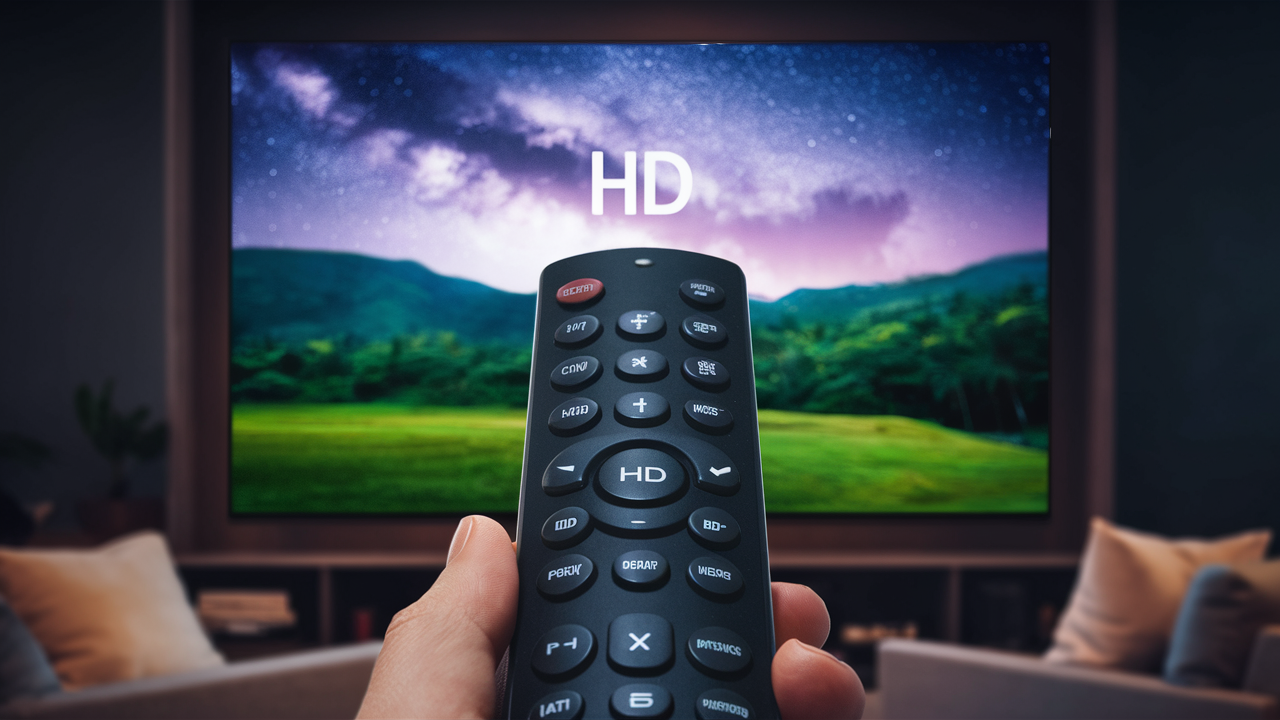
For years, DirecTV has been a preferred choice for satellite TV service as it provides a large spectrum of channels and alternatives for consumers. High-definition (HD) programming is one of the main elements improving the viewing quality. But sometimes you can find yourself unintentionally viewing Standard Definition (SD) programming or want to return to HD after an SD broadcast. We will lead you through the process of returning to HD on DIRECTV, investigate various problems you might run into, and provide advice on keeping the greatest possible HD-watching experience in this all-inclusive guide.
Understanding HD and SD
Knowing the differences between HD and SD material can help one better appreciate the procedures to return to HD. Compared to Standard Definition (SD), High Definition (HD) presents a better, sharper image with more resolution. Usually offered in two formats, HD is 720p and 1080p; on many DIRECTV channels, 1080p provides the best picture.
Conversely, Standard Definition (SD) has a reduced resolution, so the image quality is less crisp. For certain programs, SD content may be acceptable; nonetheless, HD offers a better viewing experience that is particularly visible on bigger screens or for material with minute details.
Steps to Switch Back to HD on DIRECTV
1. Verify Your Equipment Compatibility
Make sure your direct viewing device supports HD. Though it's a good idea to check, most contemporary DIRECTV receivers and Genie devices are HD-compatible. Look for the following:
- Accessing HD channels requires either an HD receiver or a Genie HD DVR. You have to update if your SD receiver is older.
- Your television has to be HD-compatible. See the specs on your TV to be sure it supports HD resolutions.
- Connecting your DirecTV receiver to your TV with an HDMI connection can help to provide the finest image quality. Essential for high-definition viewing, HDMI connections transport HD signals.
2. Check Your DIRECTV Subscription
Check to be sure your DirectV plan has HD channels. Although most packages provide HD content, should yours not contain HD programming, you might have to upgrade your plan or subscribe to an HD add-on.
- While certain DIRECTV packages come automatically with HD access, sometimes you may need to add it to your subscription.
- If you want access to more HD channels, you might want to think about signing up for the HD More Pack.
3. Adjust the Resolution Settings on Your Receiver
Your DirecTV receiver has to be adjusted to produce HD resolution. To review and change the settings:
- Activate your TV and receiver. Make sure both are turned on and that your TV's input/source is configured for your Directv receiver.
- Check the menu: On your DIRECTV remote, press the "Menu" button to see the main menu.
- Visit Settings: Navigate to "Settings," or "Preferences," using the arrow keys, then choose it.
- Choose either "Display" or "Resolution." Search for the display settings or resolution relevant option. This could show under "HDMI Settings" or "Display."
- Choose HD Resolution: Usually in 1080p, choose the greatest accessible resolution. Verify your choice and close off the menu.
4. Verify Channel Broadcast
While some outlets may not transmit in HD, others could. Verify that the particular show you are seeking to view in HD is available in HD. As a result:
- Refer to the Channel Guide: See if the channel provides an HD version using the channel guide. Often designated with an "HD" suffix, as "Channel 204 HD," HD channels are:
- Listen on the HD Channel. To verify you are getting HD material, just tune in to an HD station. If you still see SD, your equipment or the channel itself might be the problem.
5. Check and Reconnect Cables
Your HD signal might be affected by a broken or loose cable. Check that every link is strong:
- Make sure the HDMI cable is correctly connected from your TV to your DirecTV receiver. Reconnect it depending on need.
- Check the coaxial wire that links the satellite dish to your receiver should be firmly fixed.
6. Reset Your Receiver
Try resetting your DIRECTV receiver if you changed the settings and are still not getting HD content:
- Press the red reset button found on your radio. Usually located either inside the access card door or on the front panel is this.
- Press the red button to reboot the radio. Wait for it to restart; then, try tuning once again on an HD channel.
7. Contact DIRECTV Support
Should you have attempted all the following actions and still run into problems, you may want to call DIRECTV customer support:
- Customer support can assist in identifying any problems with your account, tool, or service.
- Should your equipment or signal fail, a specialist can help with replacements or repairs.
Common Issues and Solutions
1. HD Channels Not Available
If certain HD channels are missing, it could be due to your subscription package or a technical issue. Ensure your package includes those channels, and check for any service outages in your area.
2. Poor Picture Quality
If the picture quality isn’t as sharp as expected, check your TV’s settings and ensure it’s set to display HD content. Also, verify that you’re using the correct HDMI input on your TV.
3. Intermittent Signal Issues
Signal issues can occur due to weather conditions or technical faults. Ensure your satellite dish is properly aligned and free of obstructions. If problems persist, contact DIRECTV for assistance.
4. Equipment Compatibility
Older equipment may not support newer HD formats. If you have an older receiver or TV, you may need to upgrade to fully enjoy HD content.
Tips for Optimal HD Viewing
1. Use High-Quality Cables
To get the best HD experience, use high-quality HDMI cables. Avoid using older cables or adapters that may not support HD resolutions.
2. Regular Maintenance
Regularly check and maintain your equipment to ensure it’s functioning properly. This includes cleaning dust from the receiver and checking cables for damage.
3. Upgrade When Needed
As technology advances, consider upgrading your equipment to keep up with new HD standards and features. DIRECTV frequently updates its offerings, so staying current can enhance your viewing experience.
4. Explore HD Programming
Take advantage of DIRECTV’s HD programming by exploring different channels and content options. This can include HD movies, sports, and special events that are available in high definition.
Conclusion
Returning to HD on DIRECTV usually requires validating your equipment, reviewing your subscription, and changing settings as necessary. Following the above-described methods will help you to maximize your DIRECTV service and guarantee that you are getting the finest possible visual quality. These suggestions will enable you to return to viewing your preferred material in high definition, whether your goal is to maximize your viewing experience or fix a problem.
Transform your viewing experience with DirecTV! Call us today at +1 855-213-2250 to explore our plans and find the perfect package for you. Our experts are ready to assist you and get you set up with top-notch entertainment. Don’t wait—contact us now!
